KNIFE CARE
I build my knives and tools with the hope that people will use them. Everything I make is made to last so you don’t need to baby it or keep it on a display shelf, use the damn thing! If ya take care of it, it’ll last ya forever.
Simple steps for knife care
Never put your knife in the dishwasher!
Hand wash with warm soapy water and a non abrasive sponge
Never leave you knife soaking in a sink
Dry your knife completely before storing
Store your knife on a magnetic strip, wooden block or a knife roll ( I can also make leather or wooden saya, or a kydex sheath)
Special care for carbon steel knives
All the knives and tools I make currently are carbon steel, not stainless, which have a couple other steps to help maintain.
High carbon steel, over time, will rust and tarnish but there are things you can do that will help prevent this. Keep your blades clean! For kitchen knives, clean them while you cook just a wipe down with a towel is all it takes. This is very true when cutting more acidic foods like lemons or tomatoes. The acids in these foods will cause the steel to darken and sometimes appear blotchy. It’s fine, this is part of the break in process for a carbon knife. It’s going to start to develop it’s “patina” see picture above, which is different for every knife and kind of tells a story of how it’s used. For camping or hunting knives, clean the knife after every use and keep the knife as dry as possible.
Rust happens and if you do get rust spots, light ones can be scrubbed away using warm water and a scotch brite pad or steel wool. More severe rust can be removed using wet and dry sand paper. Start with 1000 grit paper and if you need to be more aggressive move to 800 grit and continue until the rust is gone.
All of my knives are finished with a coating of oil to help protect them from rust. If your knife has a long stretch of not being used it is a good idea to apply a light coating of oil to the blade to keep it from rusting. I use either coconut oil or mineral oil to coat my blades, both of which are easy to find and food safe.
For knives with a natural handle material (such as wood) avoid full water saturation or direct sunlight if on a magnetic strip. If the handle wood is capable of stabilization it will have been stabilized to help avoid warping and to increase durability. Applying a light oil (the same you coat the blade with) will help with the longevity of the wood.
SHARPENING
The amount you will have to sharpen your knife depends on how often, and how you use it. It also depends on what type of cutting board you are using, please only use wood or plastic. There is a special place in hell for the person that decided to make glass cutting boards!
There is a great deal of information online to walk you through the various sharpening processes. Some things to keep in mind:
Using a steel, honing rod, or leather strop, isn’t a method of sharpening but is a way to keep your edge true. You are not trying to remove steel from the edge, but more move it back into place on the edge. Using steels, ceramic rods, or leather strops is a great way to keep your edge in shape between sharpening.
If you would like to sharpen your own knives by hand, I suggest using wet stones and a good way to learn how to use them is by watching the sharpener at Korin knife company explain how they sharpen knives.
If you aren’t sure you want to delve into the knife sharpening world, give me a shout, I would be happy to sharpen your knives for you. Or if you aren’t in the area, do a quick Google search, there are usually 1 or 2 knife sharpeners in your area.
I do not recommend using a belt, machine or drag through sharpeners. These techniques are often too abrasive, are not able to achieve as fine of an edge, remove too much steel, and can heat up the blade, potentially damaging the structure of the steel.

